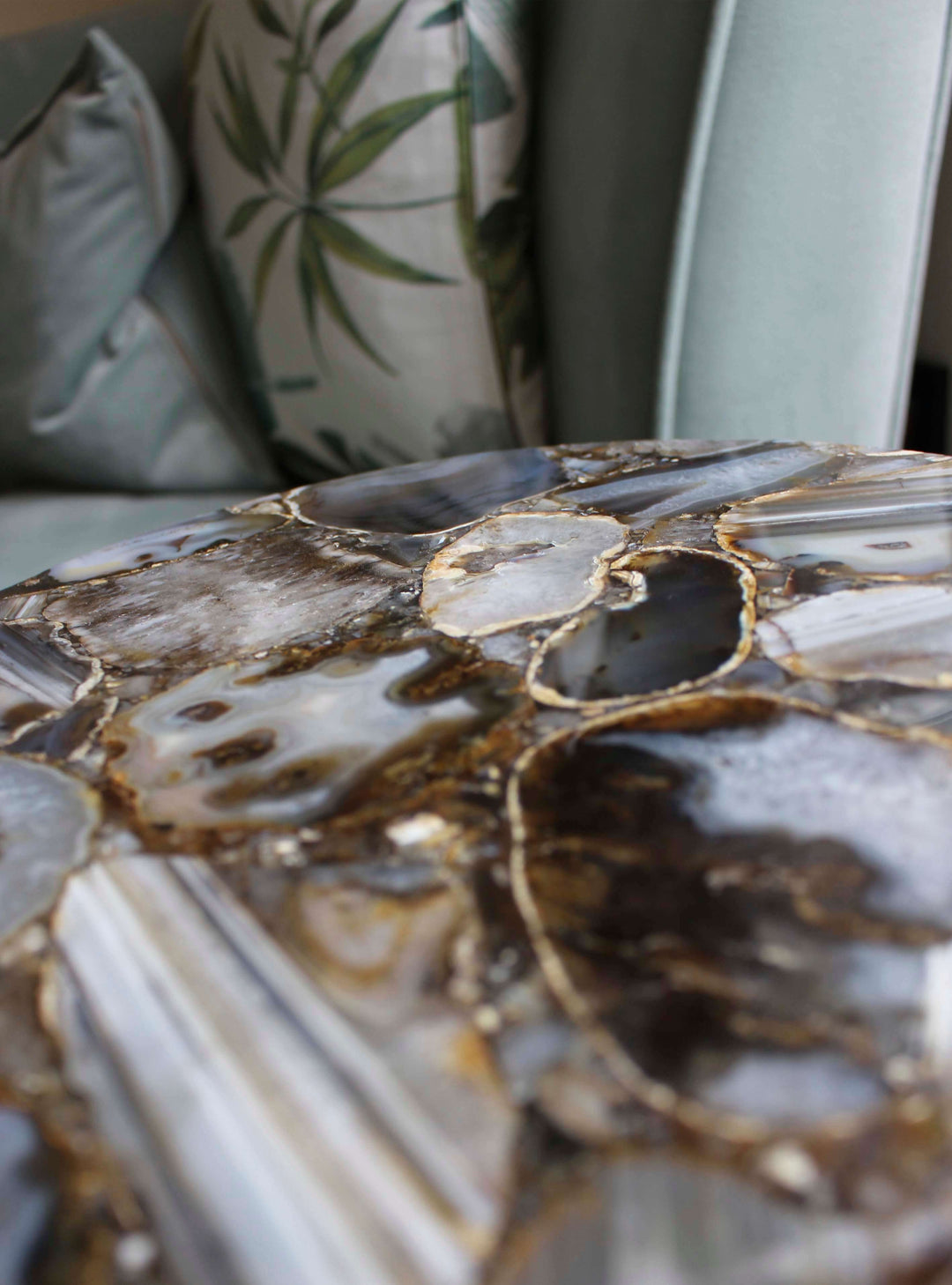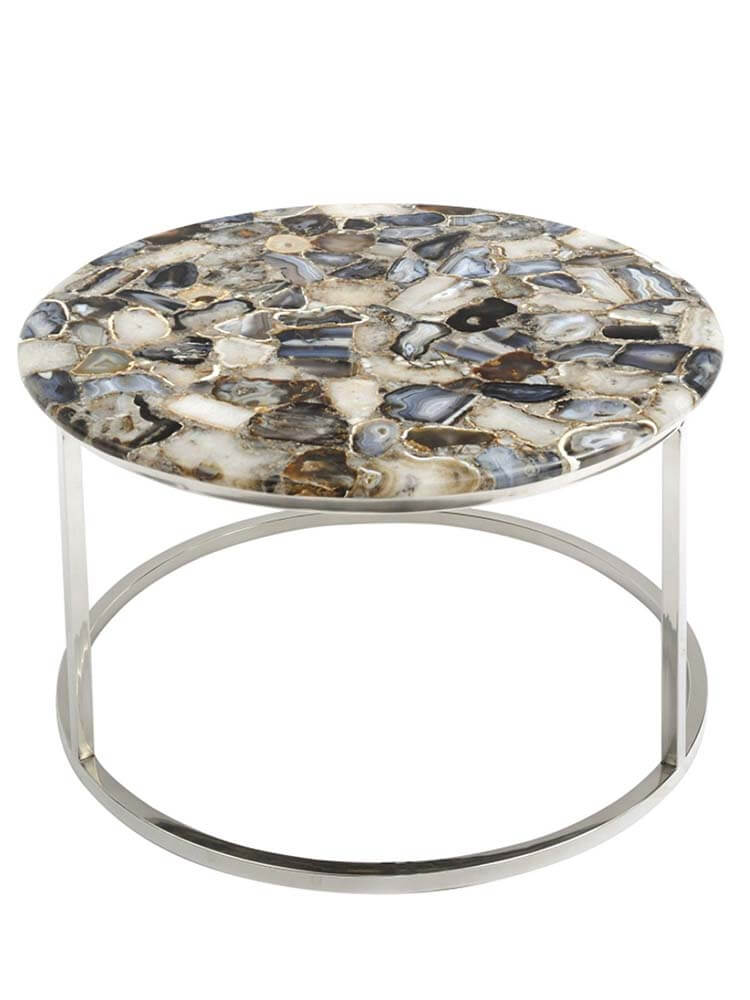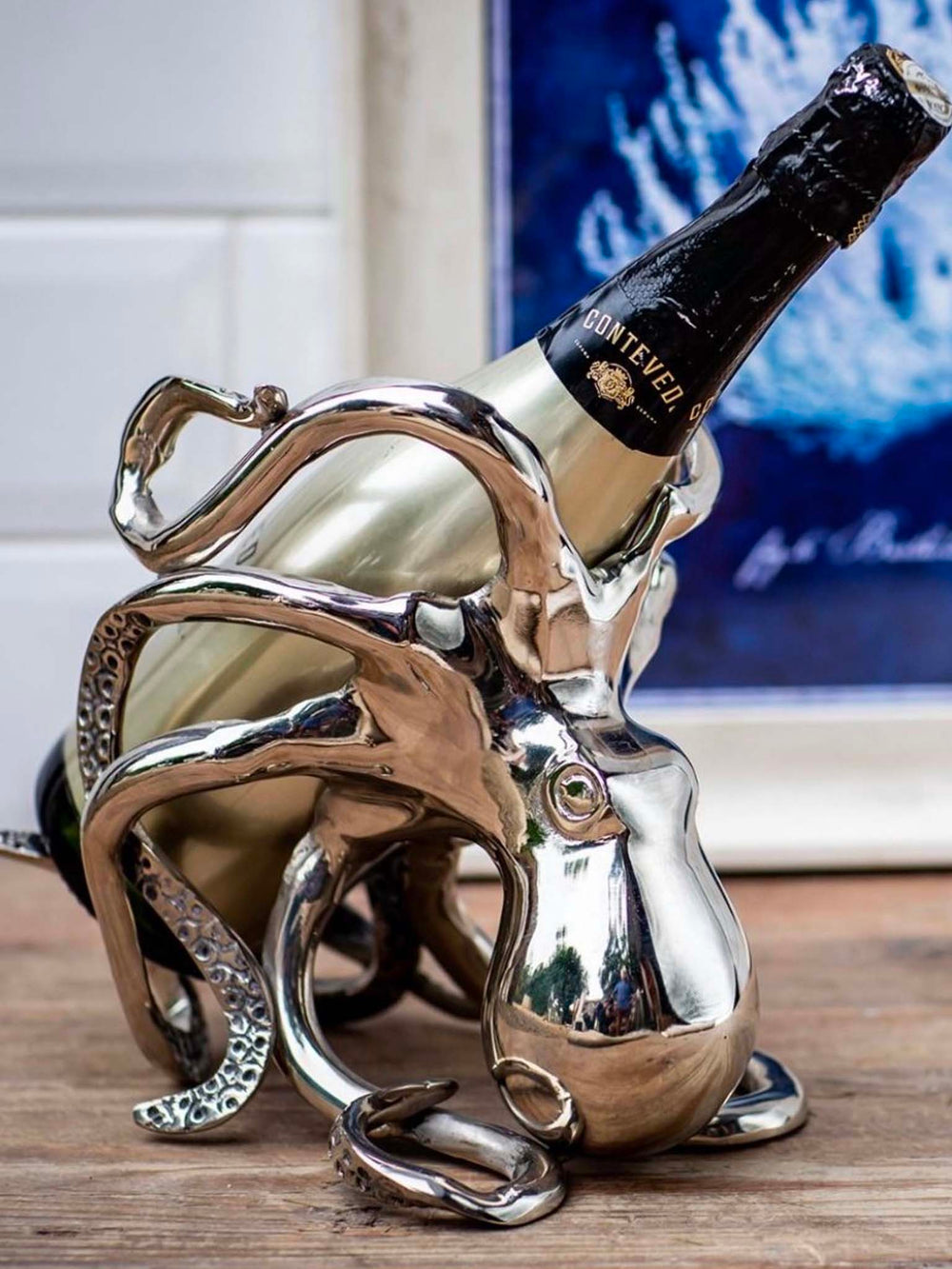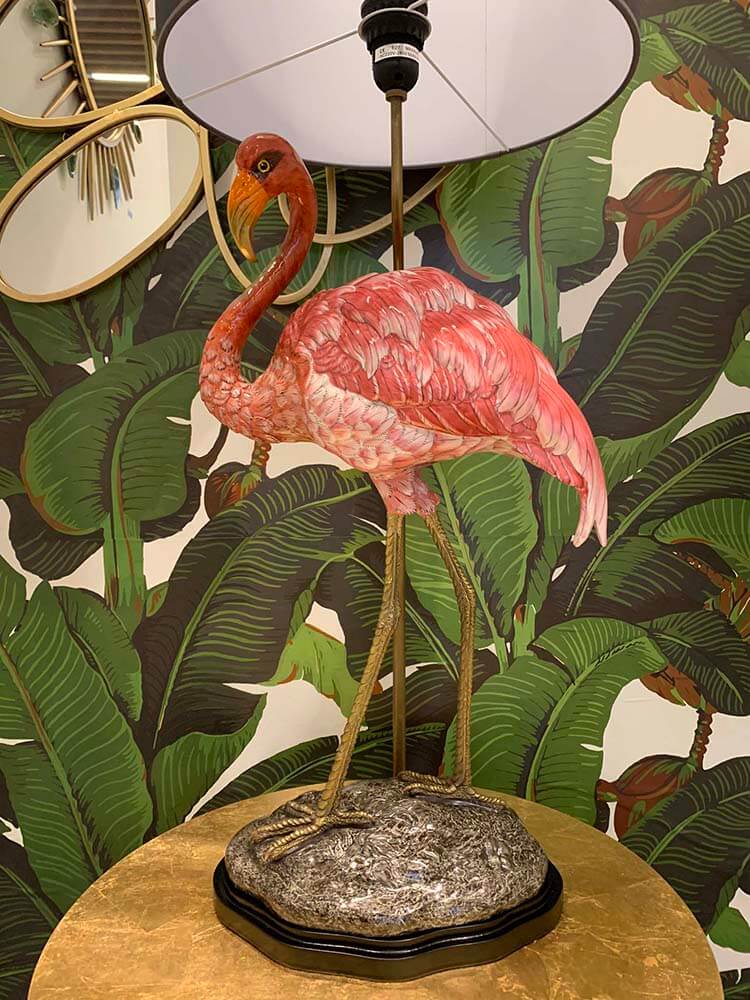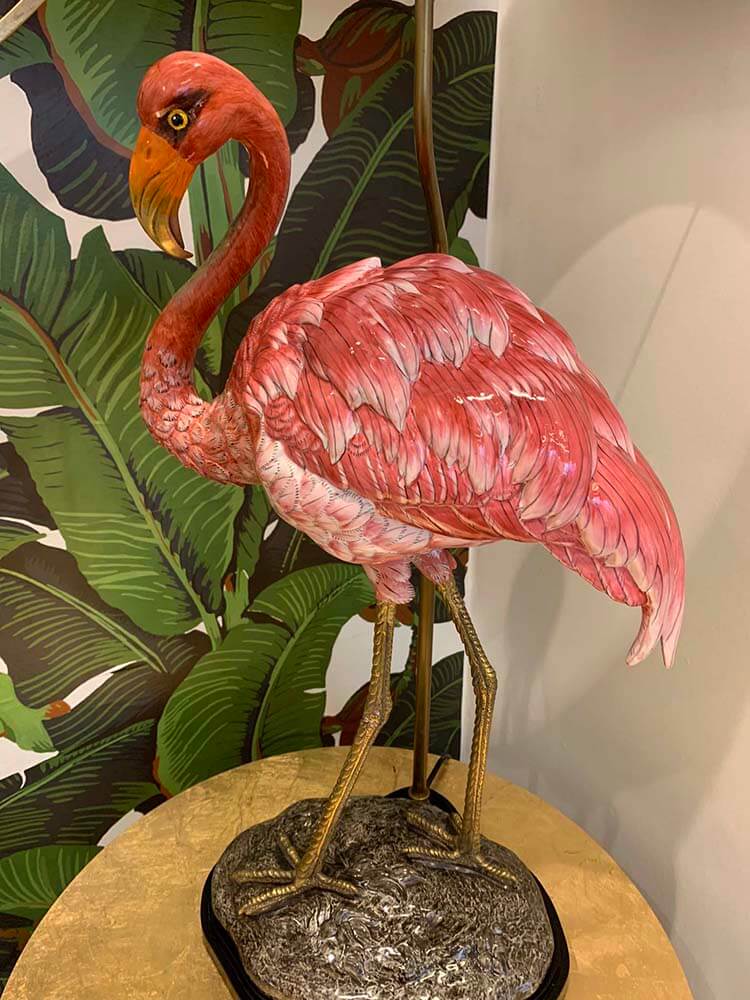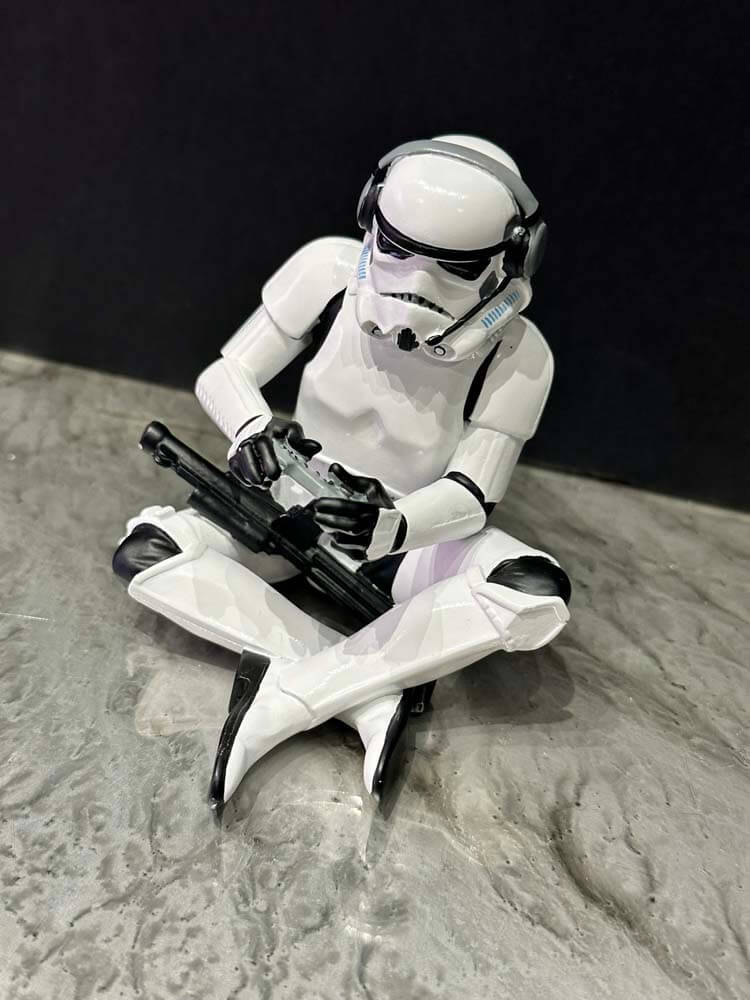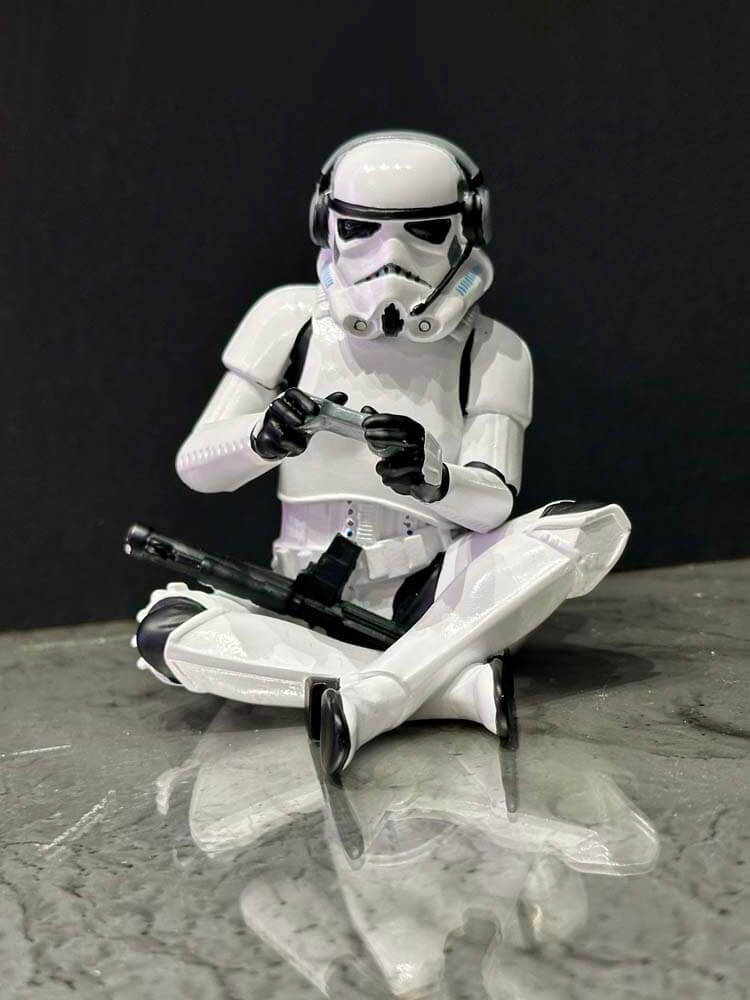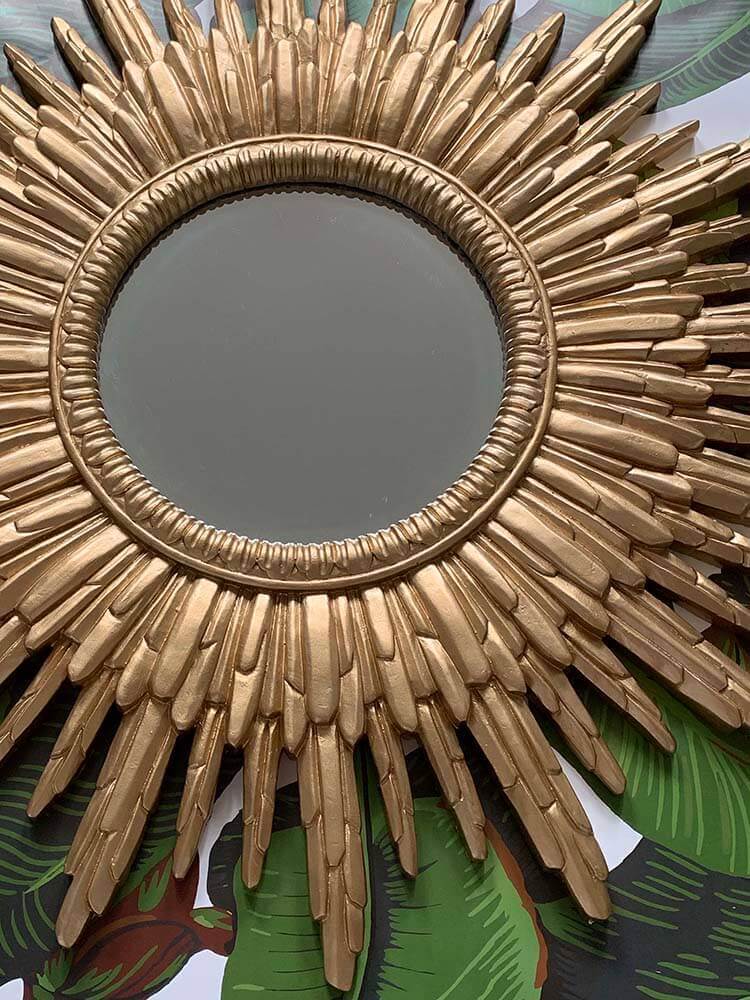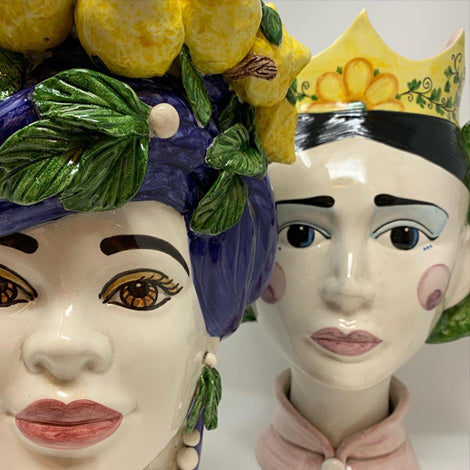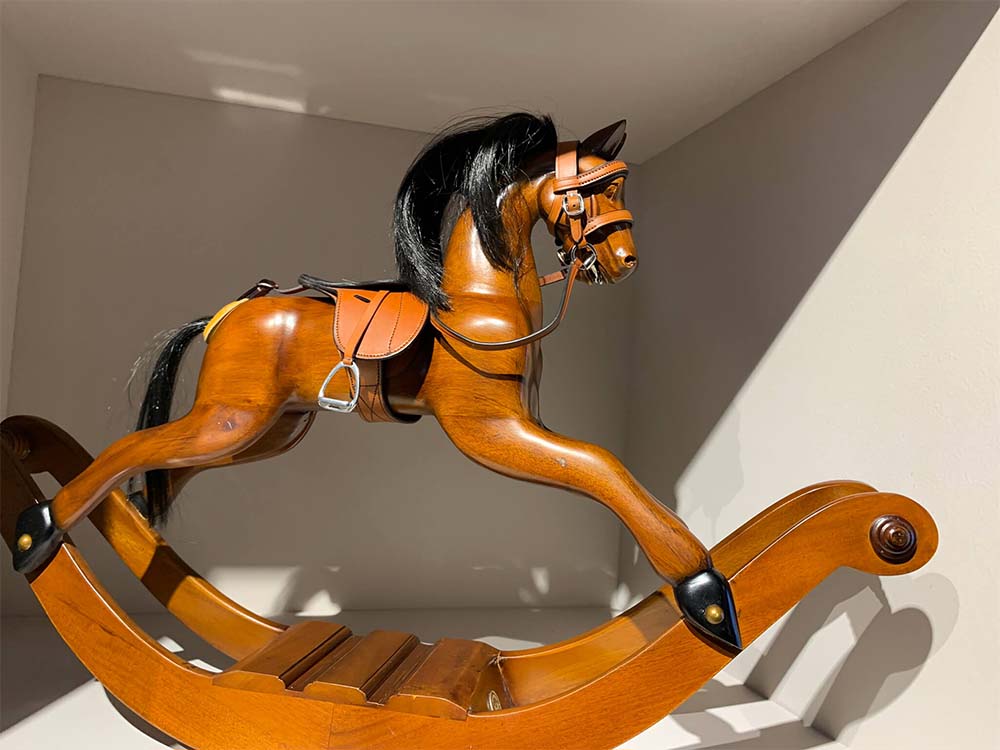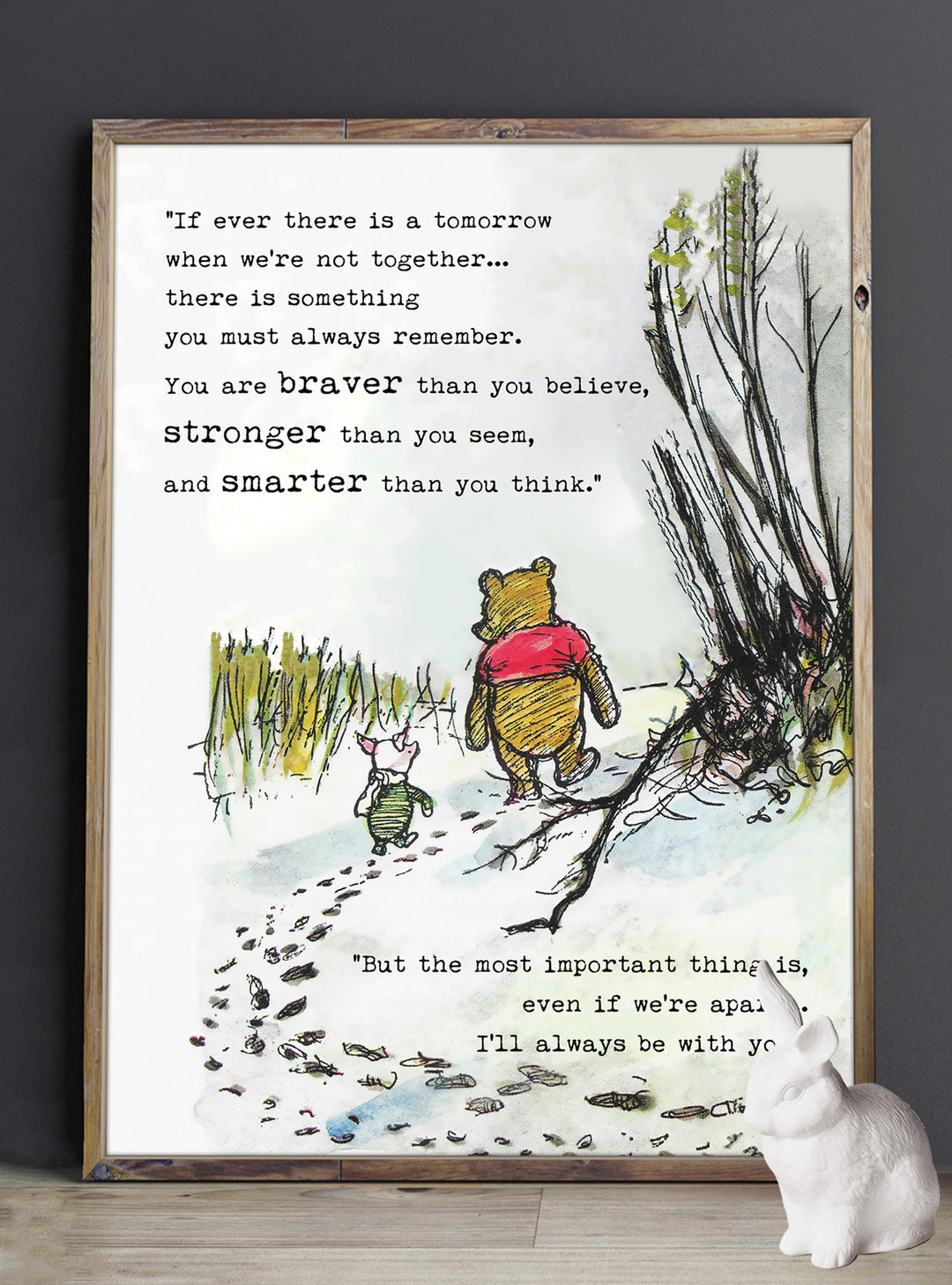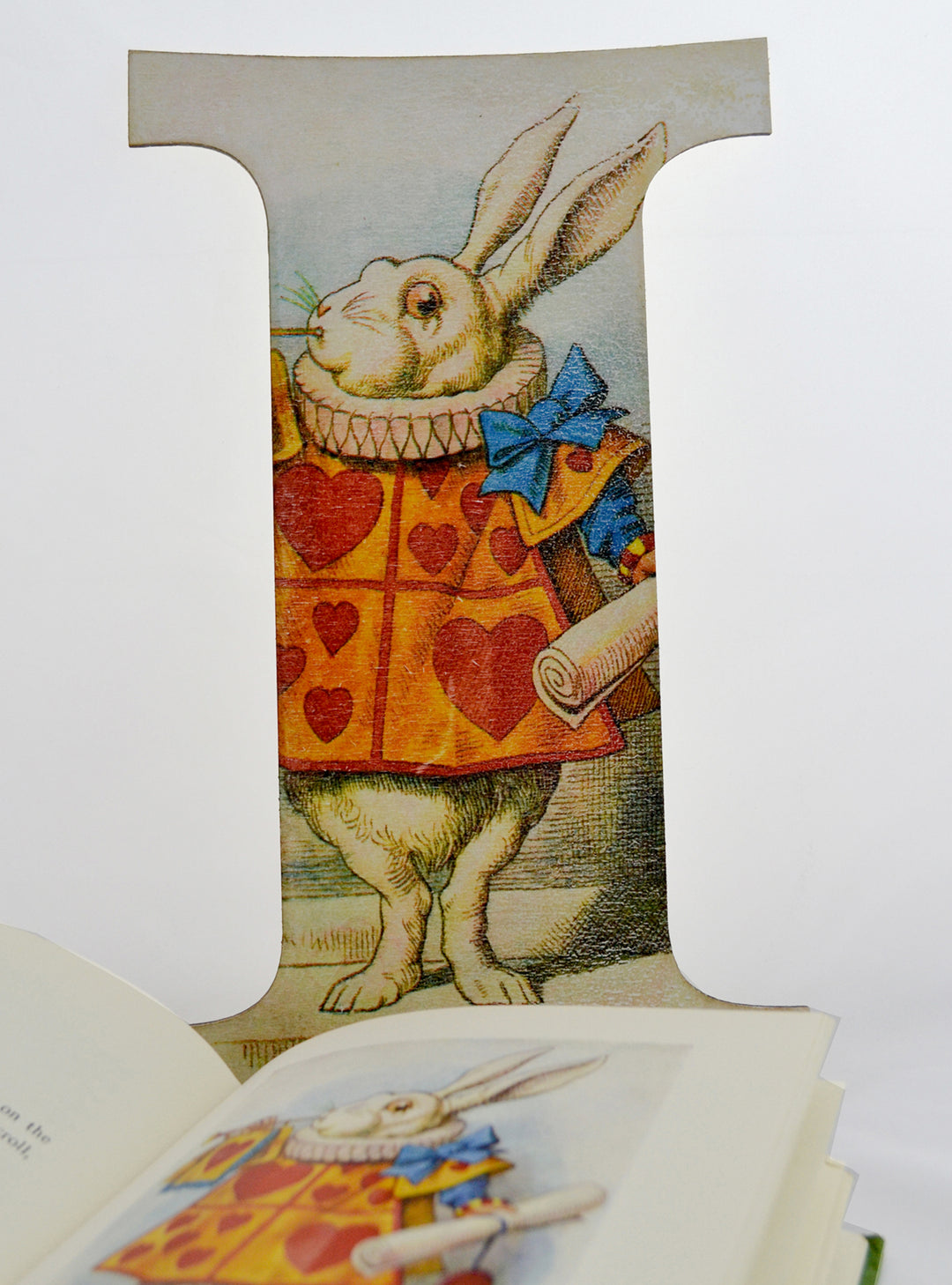How to Use Iron-On Transfer Papers
How to Use Iron-On Transfer Paper
Iron-On Transfer Paper, often called “T-shirt paper,” can be used to transfer images or text onto fabrics like T-shirts, aprons, cotton bags, pillowcases, and even hard surfaces such as wood.
Step 1: Prepare the Garment
- Turn the garment inside out before washing to protect the image.
- Use a 40°C wash with a full spin cycle.
- Avoid bleach, as it can fade the transferred image.
- Proper washing can make transfers last 15–20 washes
Step 2: Prepare the Fabric and Transfer
- Lay your fabric on a hard, flat, heat-resistant surface (avoid ironing boards).
- Smooth out wrinkles with a hot iron.
- Trim the transfer image close to the edges for precise placement.
- Place cardboard or folded paper inside the garment to prevent transfer through to the back side.
Tip:
- Light fabrics: peel backing after ironing.
- Dark fabrics: peel backing before ironing.
Step 3: Iron on the Transfer
- Set the iron to the hottest setting without steam.
- Iron in large, even circles, starting at the edges and moving toward the centre.
- Apply consistent pressure for about 3 minutes, ensuring edges are fully adhered.
Step 4: Cool and Peel
- Allow the transfer to cool for a few minutes before removing the backing.
- Gently peel starting at one corner.
Step 5: Washing and Care
- Wait at least 24 hours before washing your fabric.
- Turn garments inside out and wash on a cool setting.
- Avoid bleach.
- Hand washing and air drying are recommended for longer-lasting transfers.


